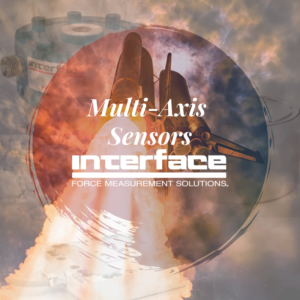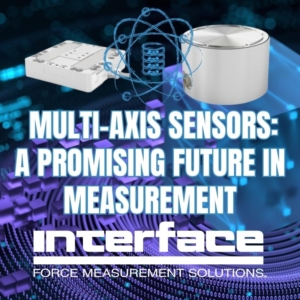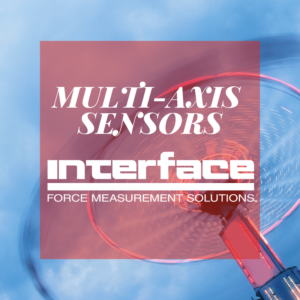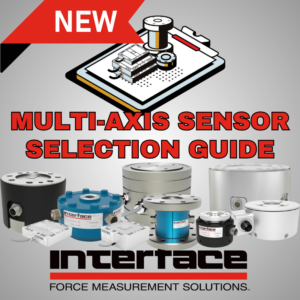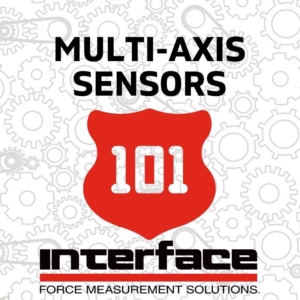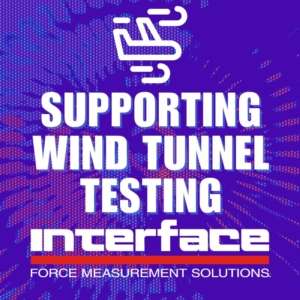
IQ Blog
Interface Supports Wind Tunnel Testing
Interface is a supplier of measurement solutions used for aircraft and wind tunnel testing. Wind tunnel systems are used to gather data across a variety of tests related to the aerodynamics of a vehicle’s design. Whether an object is stationary or mobile, wind tunnels provide insight into the effects of air as it moves over or around the test model. Beyond airplanes and flying vehicles, wind tunnels are also used for testing automobiles, bicycles, drones and rockets.
